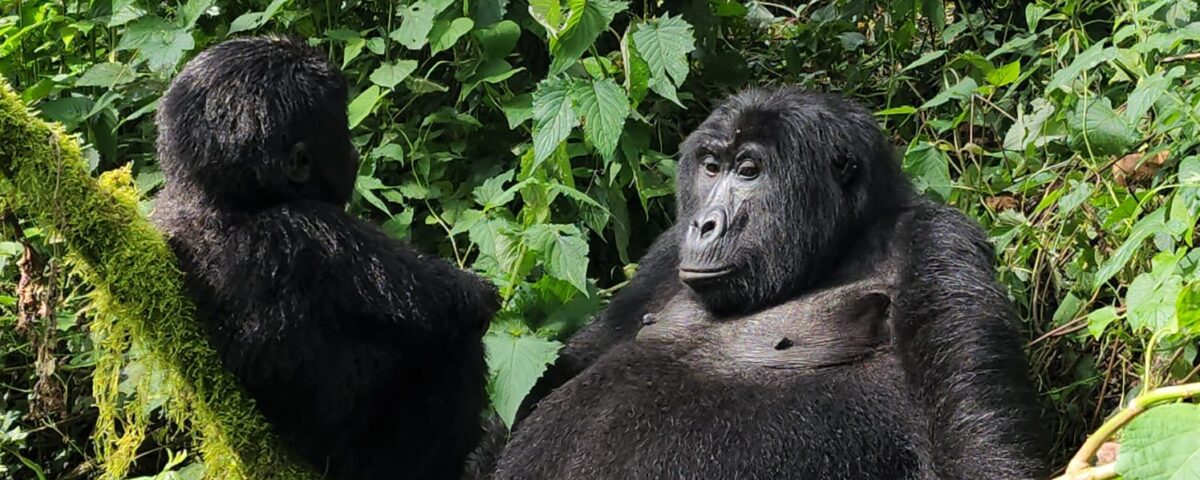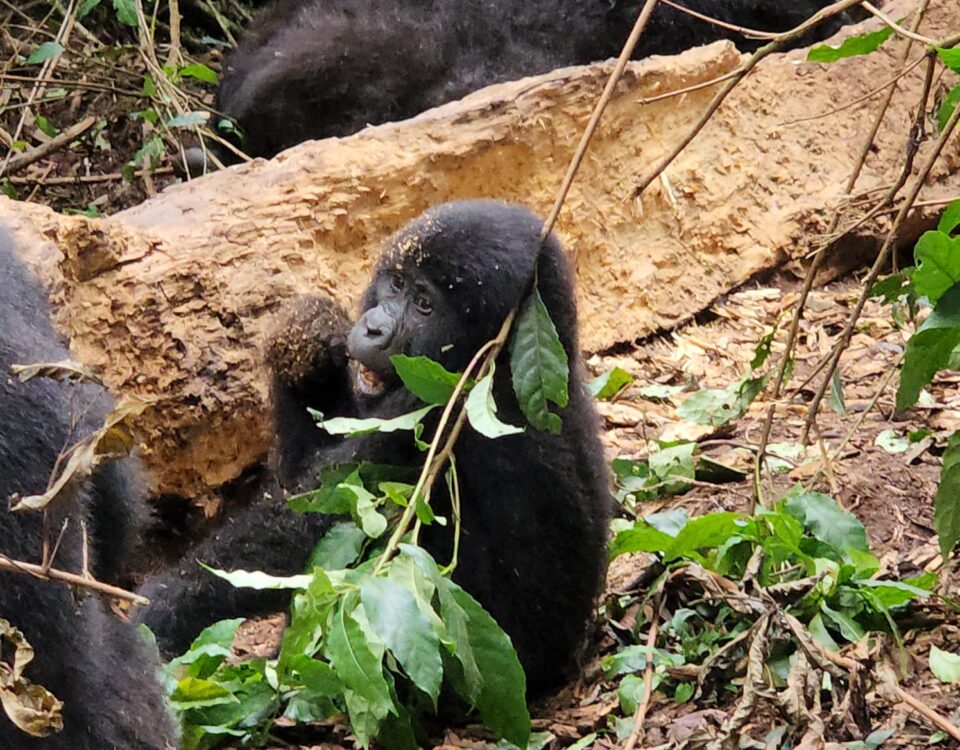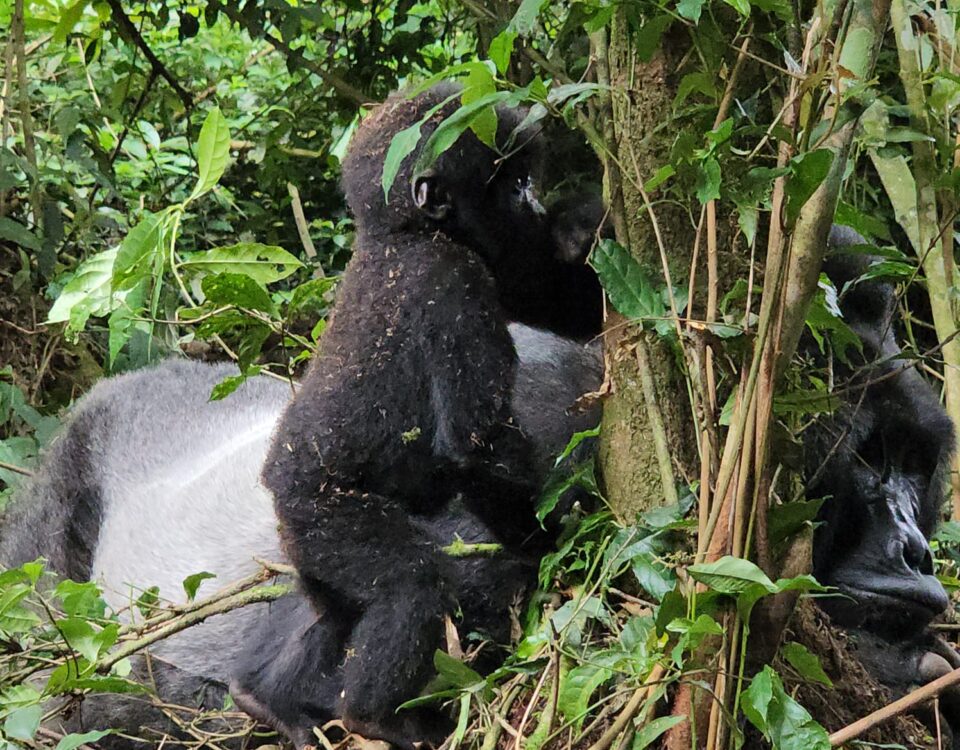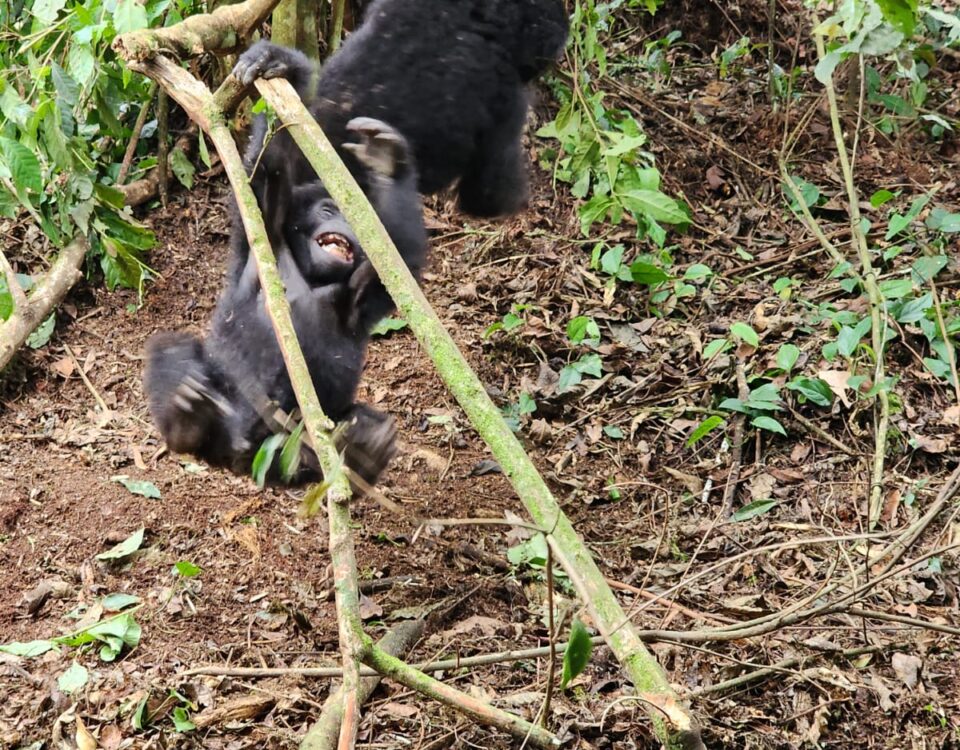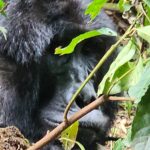
When is the Best Time to See Mountain Gorillas?
March 26, 2025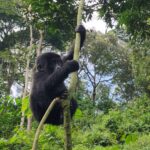
How Do I Book a Gorilla Trekking Permit?
March 26, 2025Is It Possible to See Mountain Gorillas in Volcanoes National Park?
Is It Possible to See Mountain Gorillas in Volcanoes National Park? Volcanoes National Park, located in the northwestern region of Rwanda, is one of the few places on Earth where visitors can witness the majestic mountain gorillas in their natural habitat. This UNESCO World Heritage site is nestled within the Virunga Mountain Range, which extends across Rwanda, Uganda, and the Democratic Republic of Congo. The park is home to over half of the world’s remaining mountain gorilla population, making it a top destination for wildlife enthusiasts and travelers seeking an authentic and awe-inspiring experience.
Seeing mountain gorillas in the wild is a once-in-a-lifetime opportunity, and Volcanoes National Park offers a unique chance to observe these critically endangered creatures up close. In this guide, we’ll explore how you can see mountain gorillas in the park, what the experience entails, and additional cultural experiences that can enhance your visit to this extraordinary destination.
Gorilla Trekking in Volcanoes National Park
The most popular activity for visitors to Volcanoes National Park is undoubtedly gorilla trekking. This unique experience allows travelers to hike through the dense, lush forests of the park to track and observe mountain gorillas in their natural environment. The trek is led by expert guides and rangers who are familiar with the gorillas’ movements and behavior, ensuring both your safety and the safety of the animals.
Once you arrive at the park, you’ll begin your gorilla trek early in the morning after a thorough briefing by the rangers. You’ll be divided into small groups and assigned a specific gorilla family to track. The trek itself can range from a relatively easy walk to a more strenuous hike, depending on where the gorillas are located on the day of your visit. The terrain is often steep and rugged, and the forests can be dense, making the trek physically demanding, but incredibly rewarding.
When you finally encounter the gorillas, you’ll be given one hour to observe them in their natural habitat. During this time, you can watch the gorillas interact with each other, forage for food, or even care for their young. This intimate experience with these magnificent creatures is one that most visitors find deeply moving and unforgettable.
Gorilla Families in Volcanoes National Park
There are currently 12 habituated gorilla families in Volcanoes National Park, each offering a unique experience for trekkers. These families have been carefully habituated to human presence, which means they have become accustomed to the presence of tourists. The habituation process is gradual, requiring time and patience to ensure that the gorillas remain comfortable with human interactions.
Each family has its own characteristics. For example, the famous Susa Group is known for being one of the largest and most challenging to track, as it often roams through the most rugged terrain in the park. The Amahoro Group, on the other hand, is known for its calm and peaceful demeanor, making it an ideal family for visitors seeking a more serene experience. Regardless of the family you visit, the chance to see these endangered primates in their natural environment is a rare privilege.
To maintain the well-being of the gorillas, the number of visitors allowed to trek each day is strictly regulated. Only a limited number of permits are available per day, which means it’s crucial to book your permit in advance, especially if you plan to visit during peak seasons.
Best Time to Visit Volcanoes National Park for Gorilla Trekking
Gorilla trekking is possible year-round in Volcanoes National Park, but the best time to visit is during the dry seasons, which typically run from June to September and December to February. During these months, the weather is more predictable, and the trails are easier to navigate, as the rain is less frequent. The dry season offers better trekking conditions, making it a popular time for visitors to plan their trips.
However, the rainy season (March to May and October to November) can also offer a unique experience for those looking for a more secluded adventure. During the rainy season, the park is less crowded, and the lush vegetation is even more vibrant. While the terrain may be more challenging and the rain can make trekking conditions slippery, some travelers prefer the quieter atmosphere and the opportunity to have more intimate encounters with the gorillas.
Regardless of when you visit, it’s important to remember that gorilla trekking can be physically demanding, so travelers should ensure they are prepared for the hike.
Cultural Experiences in Volcanoes National Park
Beyond the extraordinary experience of gorilla trekking, Volcanoes National Park offers visitors the chance to engage with the local culture. The park is located near several indigenous communities, including the Batwa people, a group with a deep historical connection to the forest. Before the park was established, the Batwa lived in the forest, relying on its resources for survival. The creation of the park led to the displacement of the Batwa, but today, many have found new ways to share their culture with visitors.
The Batwa offer cultural experiences that provide a deeper understanding of their traditions, rituals, and way of life. Visitors can participate in village tours, where they will learn about the Batwa’s traditional skills, such as making tools, cooking, and creating art. In addition to learning about their history, visitors can watch traditional dance performances, hear storytelling, and enjoy the music that is integral to Batwa culture. These cultural experiences offer a chance to support local communities and gain a richer, more holistic understanding of Rwanda’s heritage.
For many visitors, the combination of gorilla trekking and cultural experiences creates a well-rounded and enriching journey that goes beyond just wildlife viewing. The opportunity to learn from and interact with the Batwa adds an important layer to the overall experience of visiting Volcanoes National Park.
The Conservation Efforts Behind Gorilla Trekking
One of the reasons Volcanoes National Park has become a world-renowned destination for gorilla trekking is due to the tireless conservation efforts that have been implemented over the years. The mountain gorilla population was once critically endangered, but thanks to dedicated conservation programs, their numbers have steadily increased.
The establishment of Volcanoes National Park and the rigorous monitoring of gorilla families have played a critical role in their protection. The park works closely with local communities to ensure that conservation efforts are sustainable and that tourism supports the local economy. By purchasing a gorilla trekking permit, visitors are directly contributing to the conservation of these incredible creatures and their habitat. The revenue generated from trekking permits helps fund anti-poaching efforts, habitat restoration, and research projects that focus on gorilla conservation.
In addition to the park authorities, various organizations and local communities are also involved in conservation efforts. By trekking in Volcanoes National Park, visitors play an active role in supporting these initiatives and helping to ensure the survival of mountain gorillas for future generations.
Conclusion: A Life-Changing Experience in Volcanoes National Park
In conclusion, yes, it is absolutely possible to see mountain gorillas in Volcanoes National Park. This destination offers one of the most accessible and rewarding opportunities to witness these majestic creatures in their natural habitat. Gorilla trekking in the park is an unforgettable experience that combines adventure, wildlife observation, and cultural engagement.
Whether you’re trekking through dense forests to find one of the park’s habituated gorilla families or immersing yourself in the rich cultural experiences of the local communities, a visit to Volcanoes National Park promises a life-changing journey. The park’s conservation efforts and the opportunity to connect with Rwanda’s indigenous people make it a destination that goes beyond just seeing wildlife – it’s about understanding, appreciating, and contributing to the preservation of one of the world’s most iconic species.

